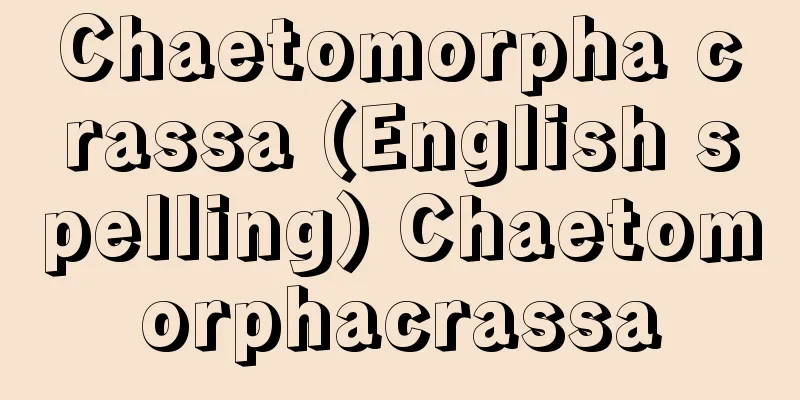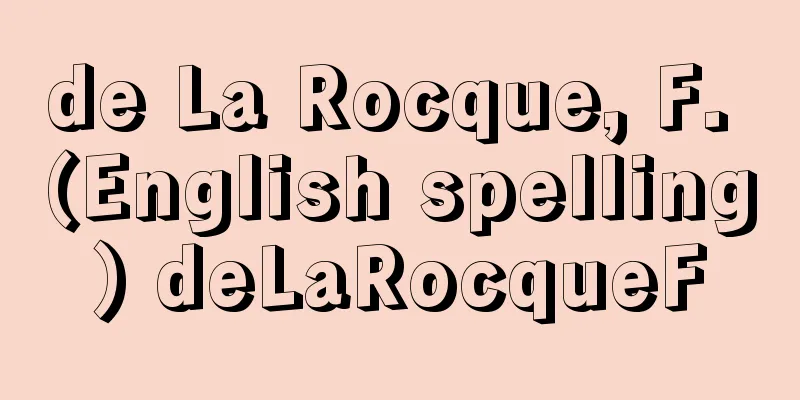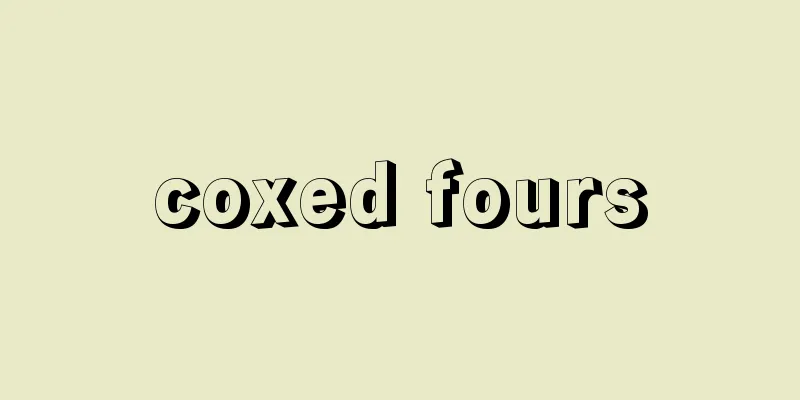Practice song - Practice song

|
A musical term. A translation of the French word étude. Literally, it means a piece of music written to improve the technique of playing an instrument or a voice, but in this sense it includes all works written for training instruments or voices, such as instruction books. However, some of them have a rich musical content that goes beyond the simple aim of acquiring technique. Such pieces can be written for any instrument, but in modern times, when more advanced playing techniques are required for instruments and new instruments have appeared, etudes have become particularly important. Etudes written for piano in the 19th century are a typical example. The new instrument piano, which became popular in the late 18th century, was not initially very aware of the difference in playing technique from traditional keyboard instruments, but as the instrument itself changed, it became difficult to learn how to play it, and a large number of etudes were written. This resulted in the creation of piano etudes by Clementi, Johann B. Cramer, Czerny, Moscheles, and others, which are still considered to be some of the best exercises for piano students to master today. Through this process, works that are performed in concerts, such as Chopin's 27 etudes, Liszt's "Etudes Transcendentales" and "Etudes Transcendentales de Paganini," and even Scriabin and Debussy's etudes, were created, and etudes became a genre of piano music in their own right. [Shigeo Osaki] Source: Shogakukan Encyclopedia Nipponica About Encyclopedia Nipponica Information | Legend |
|
音楽用語。フランス語のエチュードétudeの訳語。文字どおりには、器楽または声楽の演奏技術向上のためにつくられた楽曲のことをさすが、この意味では教則本など楽器や声の訓練のために書かれたあらゆるものが含まれる。しかしなかには、単に技術の習得だけを目ざすことを超え、音楽作品として充実した内容をもつものもある。こういった楽曲はどんな楽器を対象としてもありうるが、近代に入って楽器のより高度な演奏技術が要求されるようになったり、新しい楽器が出現することによって、練習曲はことさら重要な意味をもつことがあった。19世紀に入って書かれたピアノのためのそれは、まさにそうした代表的な例である。18世紀後半に普及が浸透していった新種の楽器ピアノは、初めのうちは旧来の鍵盤楽器との奏法上の違いがそれほど意識されなかったが、楽器自体の変革とともに、奏法が容易には習得しがたいものとなって、おびただしい練習曲が書かれるようになる。こうして生まれたのが、クレメンティ、ヨハン・B・クラーマー、チェルニー、モシェレスらのピアノ練習曲で、これらは今日なお、ピアノ学習者にとって最高の演奏技術を獲得するための習練の一つに数え上げられている。こうした過程を経て、ショパンの27曲の練習曲、リストの『超絶技巧練習曲』や『パガニーニによる超絶技巧練習曲』、さらにスクリャービンやドビュッシーの練習曲など、演奏会で取り上げられる作品も生まれるに至り、練習曲はピアノ音楽の一つのジャンルともなった。 [大崎滋生] 出典 小学館 日本大百科全書(ニッポニカ)日本大百科全書(ニッポニカ)について 情報 | 凡例 |
>>: Training machine - training machine
Recommend
Shimobashira (Frost pillar) - Keiskea japonica
A perennial plant of the Lamiaceae family, endemic...
torrent-lark
…Both males and females sing well and also sing d...
Umbrella seal - Umbrella seal
Also written as kasajirushi, kasaken, kasafu, kasa...
Distillation
Generally, it is a process in which a solution (m...
LGL syndrome
… In addition to the normal conduction system, th...
Tsunetaro Jo
Year of death: July 26, 1905 (Meiji 38) Year of bi...
Arima Harunobu
A Christian feudal lord in the Azuchi-Momoyama pe...
Tensho Embassy to Europe
During the Tensho era, Ito Mancio and three other...
WIPO - Wipo
World Intellectual Property Organization . One of ...
Banken (English spelling) coucal
A general term for birds of the Centropus genus in...
Aldoxime
...A general term for compounds produced by dehyd...
Emergency - a state of emergency
A state in which there is an immediate danger to ...
Kugoe
...A river where public fishing was prohibited fo...
Caribou - Caribou (English spelling)
A mammalian animal of the order Artiodactyla and ...
Palitzsch, JG (English spelling)PalitzschJG
…Using this method, E. Harry calculated the orbit...









